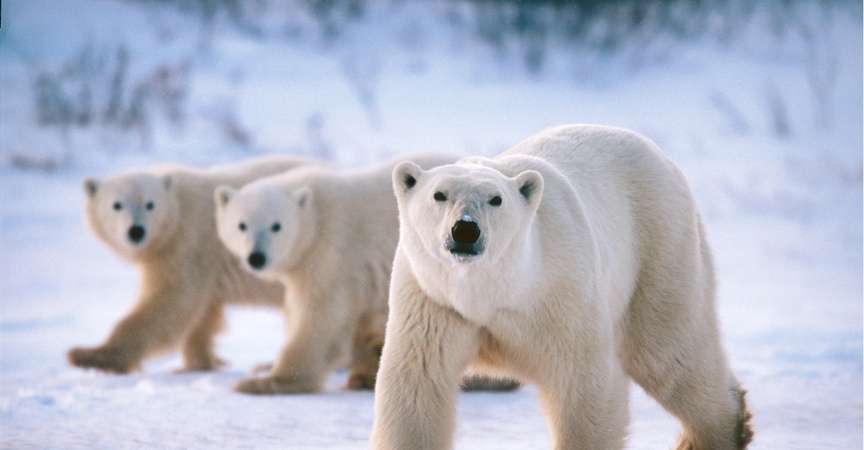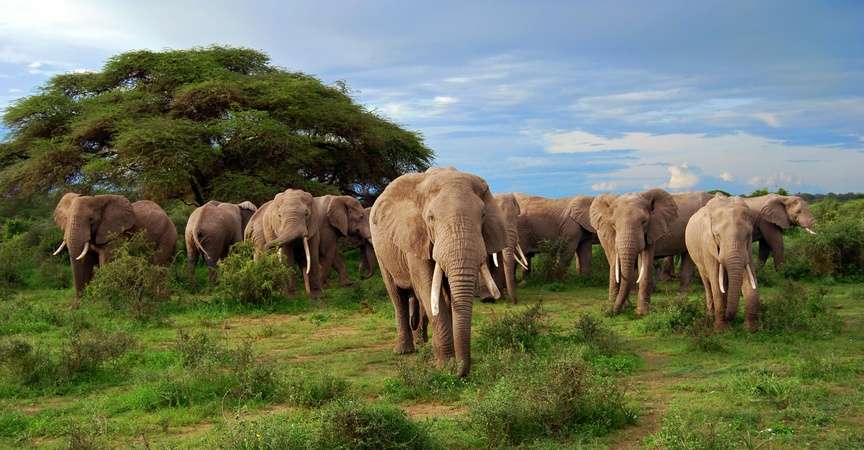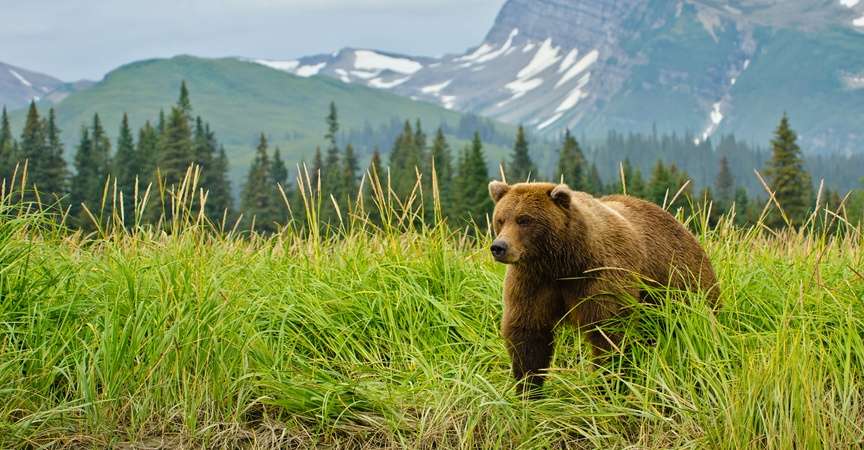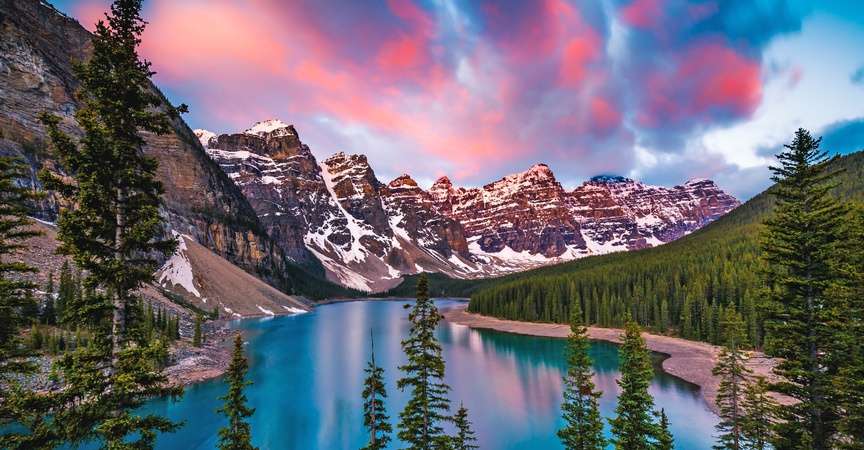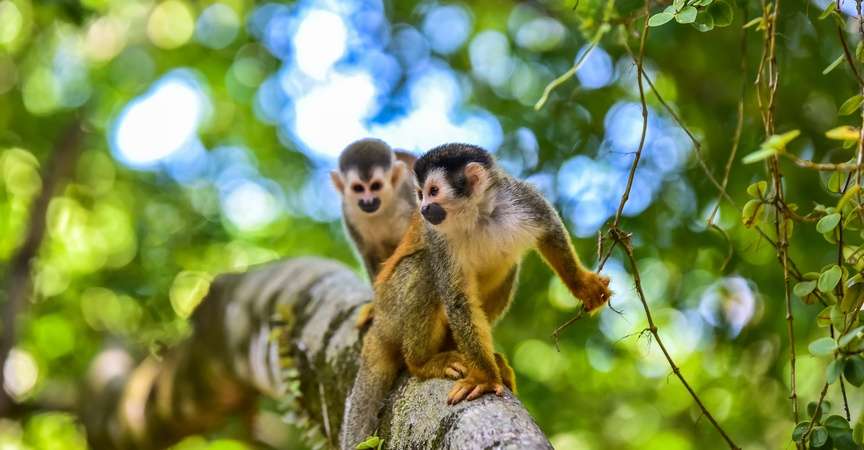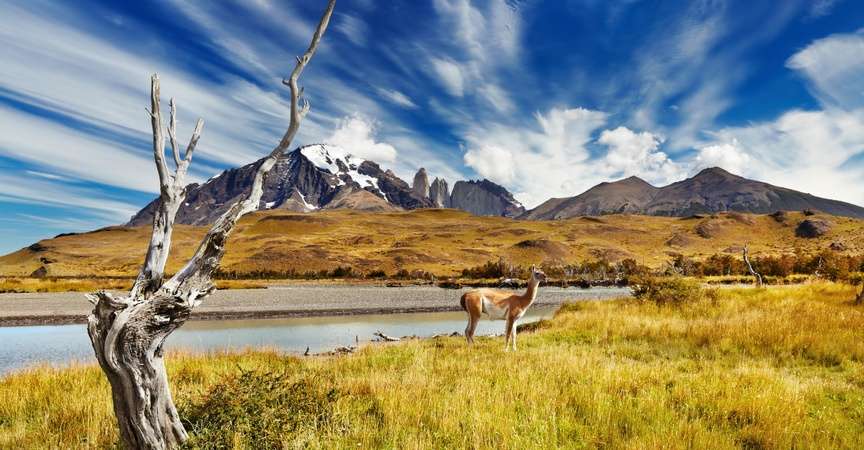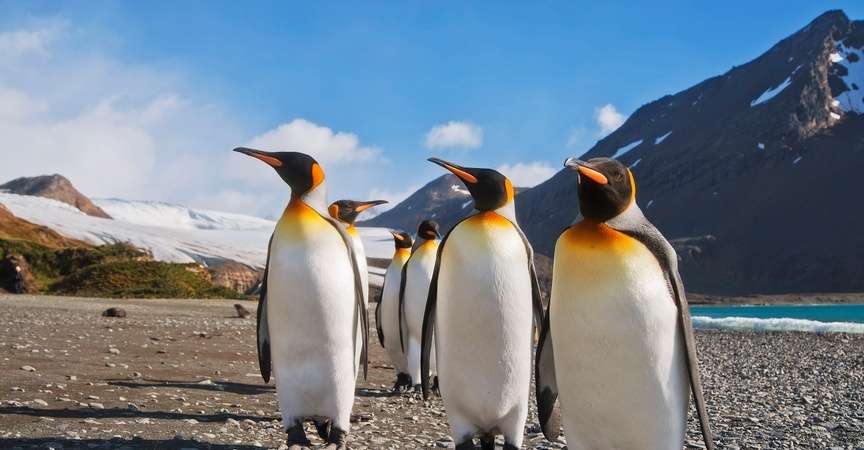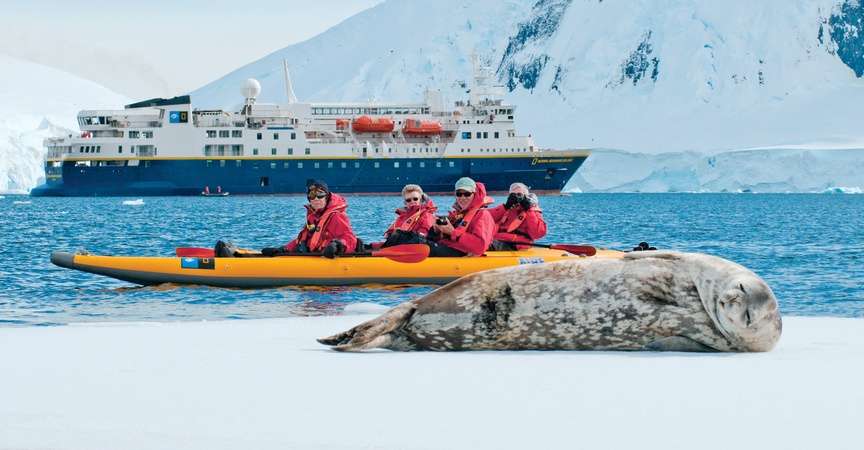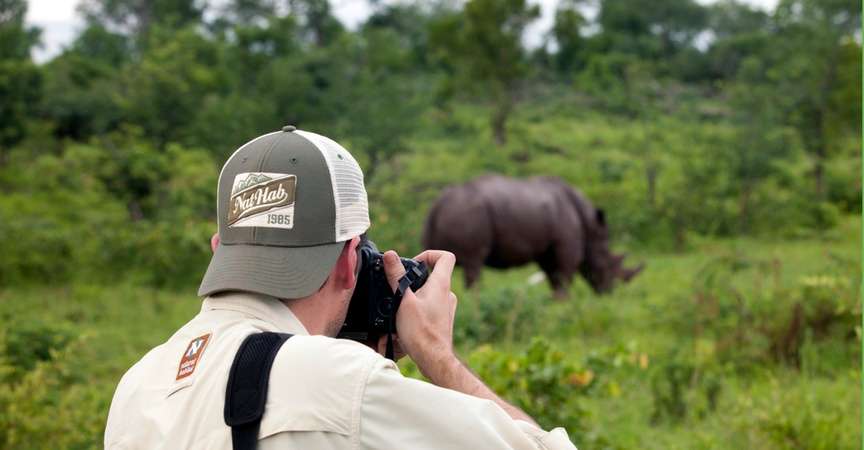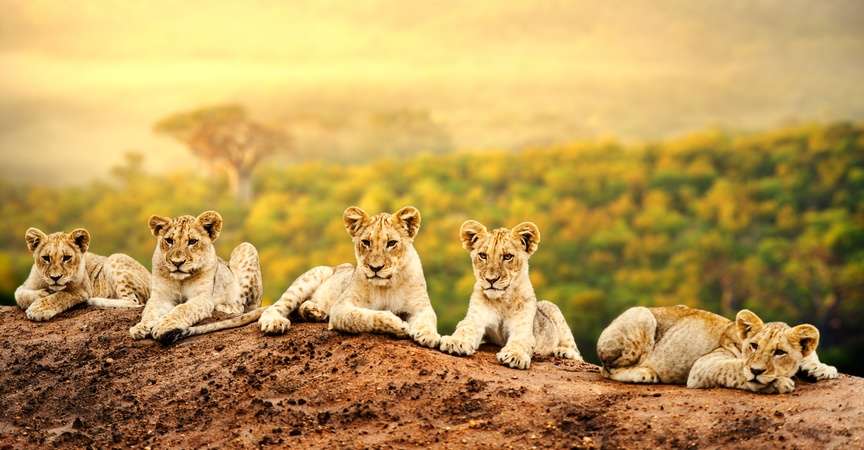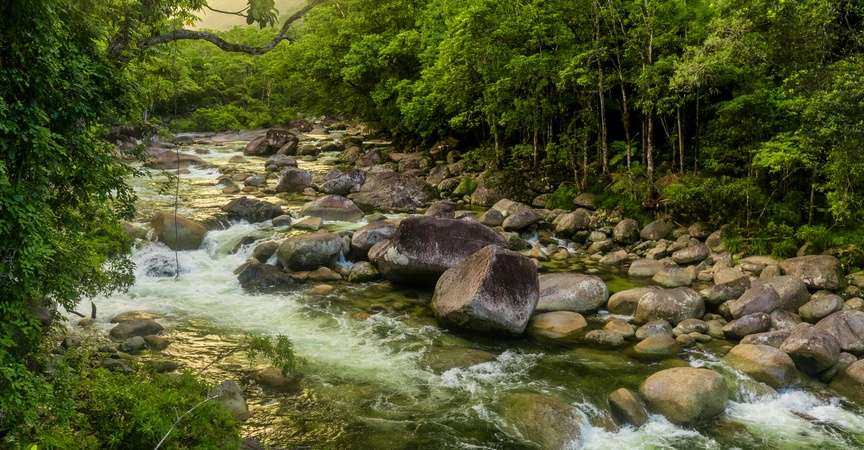By Nat Hab Expedition Leader Eddy Savage
The aurora borealis has evoked a powerful mythological significance from different cultures for millennia. There are stories of ancestors of Canadian Inuit playing a game of kickball in the sky with a walrus’s skull. Some say massive schools of herring return to the shores of Scandinavian regions after a winter with particularly spectacular northern lights displays. There are even tales of bloody battles across the night sky with the shimmering greens, reds and yellows reflecting off the larger-than-life warriors’ armor.
Despite these varying folk tales, one thing that has been consistent throughout the fables is the sound this spectacle makes.

© Eddy Savage
Crackling, popping, whooshing. These are the sounds described as being produced by nature’s most beautiful phenomena, the aurora borealis. But do the northern lights really make noise? And, if so, where might these sounds come from?
Modern science has determined that when viewing the aurora borealis, the lights are around 60 to 200 miles above your head. It takes sound waves approximately 5 to 15 minutes to travel that distance, and it would have to be an extraordinarily loud noise to travel so far through our atmosphere. Often, aurora viewers and listeners describe the sounds as operating in sync with the movement of the lights in the sky. But, being so far away, this is impossible.
Researchers have sent low-altitude sounding rockets like the Black Brant or Aerobee directly into the aurora. Launched from sites such as the Churchill Research Rocket Range in Manitoba, Canada, or Poker Flats, Alaska, some of these rockets were outfitted with microphones. They didn’t detect any sound coming from the aurora borealis.
So what gives?
How do the northern lights form?
The northern lights begin at the sun. Charged particles (solar wind) emitted from the fusion reaction of the sun can travel toward Earty at a speed of more than 310 miles per second. As the particles approach, they are greeted by our planet’s “magnetosphere.” This shield of magnetic lines, derived from the north and south magnetic poles, protects us against the speeding charged particles.
The magnetosphere deflects much of the solar wind away, but a portion travels along the magnetic lines of the magnetosphere. Stretched out hundreds of thousands of miles away from the sun and behind Earth, these magnetic lines collide, creating what is dubbed “magnetic reconnection.” This collision essentially slingshots the charged particles back toward the dark side of Earth, where the charged particles begin colliding with molecules of oxygen and nitrogen.

© Eddy Savage
During the collision, the oxygen and nitrogen molecules become excited, and when returning to their normal state, they release the newfound energy in the form of a photon. These photons are what we see down on Earth as the northern lights. Green is the most common, followed by reds, and rarely blues and purples.
Occasionally, sunspots occur, and when a sunspot is pointed in the direction of Earth, we can experience larger auroral events called geomagnetic storms. A geomagnetic storm is caused by solar flares lobbing coronal mass ejections in our direction. These CMEs are highly dense clouds of charged particles racing toward Earth and can cause large-scale northern lights shows and geomagnetic fluctuations.

© Eddy Savage
What causes the sounds of the northern lights?
Over centuries, curious minds have attempted to describe and explain the sound of the aurora. Here are a few of the past leading hypotheses for supposed sounds created by the northern lights:
- Brush Discharge: As we know, auroral displays are not only moving lights above our heads but also the transfer of electrical charges down on Earth. Brush discharge is the idea that, during aurora events, the transfer of electricity causes an accumulation of static electricity on bushes, trees, branches, grasses, leaves, etc. When there is enough of a charge or disturbance to the vessel, the electricity is released and creates a crackling sound.
- Electrophonic Hearing: This is like the brush discharge theory, except the transfer of electricity happens within our head instead of from a bush nearby. Essentially, it’s described as the stimulation of auditory nerves by the electricity from the aurora creating a clicking or popping sound internally.
- McGurk Effect: Seeing the aurora borealis fill the sky makes one want to put sounds to the motion. It does feel out of place to see the lights moving and dancing through the sky without the slightest noise to go with it. That’s okay, though, because our brains, as helpful as they are, on occasion will put sounds to movement. Called the McGurk effect, our brains add in sounds where they think there ought to be. In this case, swooshing, crackling, popping, etc.
However, these hypotheses have been debunked or disproved through research efforts.

© Eddy Savage
Finally, some proof: Inversion Layer Theory
Professor Emeritus Unto K. Laine of the University of Aalto in Finland has been working on the “Aurora Acoustics Project” since 2000. After testing different hypotheses and recording some interesting sounds during aurora borealis displays in 2012, the researcher hypothesized that the sounds were coming from the inversion layer.
Laine and his team hypothesized that during a temperature inversion (where colder air is trapped close to the ground by a warmer layer above), a geomagnetic storm can activate charges within the inversion layer, causing them to discharge into the atmosphere approximately 230 feet above the Earth. This discharge causes an audible clapping or popping sound. Because it’s only 230 feet above your head, the sound reaches the ear instantaneously.
Large geomagnetic fluctuations, such as those seen during large-scale geomagnetic storms or auroral substorms, can cause the sounds to occur relatively frequently during a temperature inversion. The researchers were able to prove their hypothesis by recording the popping sounds and matching up the timing of the sounds with geomagnetic fluctuations to a point where, with 90% accuracy, they can predict when a sound will be made.

© Eddy Savage
How can you hear the northern lights in person?
The settings required to hear the northern lights in person are hard to come by, but not impossible. Much of the Arctic has an inversion settled over it during the winter months, and your odds are highest then. If you find yourself standing outside on a cold and calm night, somewhere in the North, looking up at the sky and watching the aurora borealis sway to and fro, keep an ear out for the clapping or popping sounds that might accompany the aurora borealis.

© Eddy Savage
For me, as an Expedition Leader of northern lights adventures in Churchill, Manitoba, my usual “aurora sounds” are the “oohs” and “ahs” of delight as people lay eyes on nature’s most beautiful phenomena. You can hear more about my perspective in this Daily Dose of Nature webinar:
Good luck!










